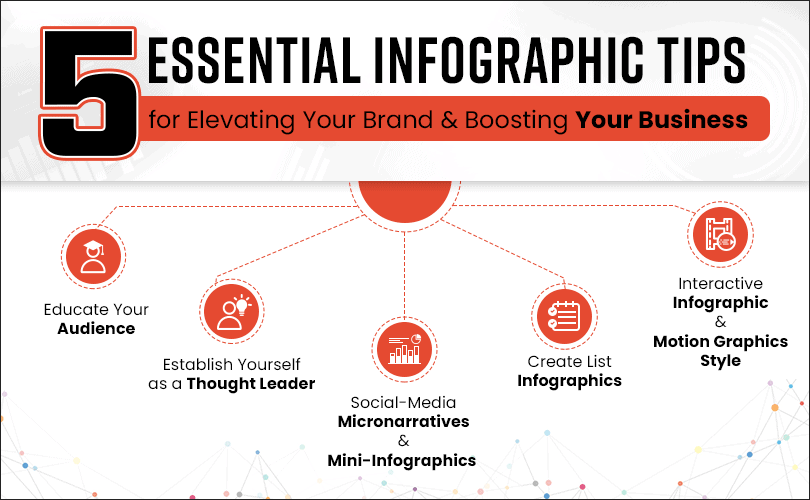Unlock the secret to skyrocketing your beauty business online as we reveal the 10 game-changing SEO tips!

Image courtesy of Pixabay via Pexels
Table of Contents
- Keyword Research for the Beauty Industry
- Optimizing Website Content and Meta Tags
- Creating High-Quality and Engaging Blog Content
- Utilizing Local SEO Techniques
- Building Backlinks and Online Reputation
- Setting up Effective Ad Campaigns
- Targeting Specific Demographics and Audience Segments
- Designing Visually Appealing and Compelling Ads
- Monitoring Ad Performance and Optimizing Campaigns
- The Power of SEO in the Beauty Industry
Creating a strong online presence is crucial for any beauty business in today’s digital age. With so many competitors vying for attention, it’s important to implement effective marketing strategies that will help your beauty business stand out. One of the most powerful marketing techniques is Search Engine Optimization (SEO), which focuses on improving your website’s visibility in search engine results. In this article, we’ll explore the top SEO tips and tricks specifically tailored for the beauty industry.
Keyword Research for the Beauty Industry
Keyword research forms the foundation of any successful SEO strategy. It involves identifying the relevant keywords that potential customers would search for when looking for beauty services or products. Start by brainstorming a list of keywords related to your specific niche within the beauty industry. Use tools like Google Keyword Planner or SEMrush to analyze the search volume and competition for each keyword. Focus on long-tail keywords, which are more specific and have lower competition, as they can help you target a more relevant audience.
Optimizing Website Content and Meta Tags
When it comes to SEO, optimizing your website’s content is key. Make sure your website contains high-quality, informative, and engaging content that is relevant to your target audience. Incorporate your keywords naturally throughout the content to increase its visibility in search engine results. Additionally, optimize your meta tags, including the title tag and meta description, by including relevant keywords and accurately describing the content of each webpage. This will help search engines understand the context of your website and improve its ranking.
Creating High-Quality and Engaging Blog Content
A blog is a valuable tool for enhancing your beauty business’s online presence. It allows you to share valuable tips, advice, and industry insights with your audience, positioning yourself as an expert in your field. When creating blog content, focus on providing value to your readers by addressing their pain points and answering their frequently asked questions. Use your keywords strategically in your blog posts to improve their search engine visibility. Additionally, incorporate visually appealing images and videos to make your blog posts more engaging and shareable.

Image courtesy of www.linkedin.com via Google Images
Utilizing Local SEO Techniques
Local SEO is particularly important for brick-and-mortar beauty businesses that target a specific geographical area. Make sure to include your business name, address, and phone number (NAP) on your website and ensure its consistency across all online directories. List your business on platforms like Google My Business, Yelp, and Bing Places to increase your local visibility. Encourage your customers to leave reviews, as positive reviews can boost your local search rankings. Lastly, create location-specific landing pages on your website to target customers in different areas.
Building Backlinks and Online Reputation
Backlinks, which are links to your website from other reputable websites, play a crucial role in improving your website’s authority and visibility in search engine results. Implement a link building strategy by reaching out to relevant beauty influencers, bloggers, and industry websites, and ask them to include a link to your website in their content. Consider guest blogging on authoritative beauty websites, as it not only allows you to showcase your expertise but also provides valuable backlinks. Additionally, actively monitor and respond to online reviews and testimonials to build a positive online reputation.
Image courtesy of blog.hubspot.com via Google Images
Setting up Effective Ad Campaigns
In addition to organic SEO efforts, paid marketing campaigns can also play a significant role in boosting your beauty business online. Platforms like Google Ads and Facebook Ads allow you to target specific demographics and audience segments, ensuring that your ads are shown to the right people. When setting up ad campaigns, define your target audience based on factors such as age, gender, location, and interests. Design visually appealing ads that showcase your products or services effectively, and regularly monitor their performance to make necessary optimizations.
Targeting Specific Demographics and Audience Segments
In the beauty industry, it’s essential to identify your target audience and their specific needs. Different demographics have unique preferences and requirements when it comes to beauty products or services. Tailor your marketing campaigns and website content to cater to these different segments effectively. For example, if your beauty business specializes in anti-aging treatments, target an older demographic with content and offers that address their concerns and desires. Make use of market research tools, social media analytics, and customer feedback to gain insights into your target audience.

Image courtesy of www.linkedin.com via Google Images
Designing Visually Appealing and Compelling Ads
In the visually-driven beauty industry, the design of your ads plays a pivotal role in attracting attention and driving conversions. Use high-quality images and videos that showcase your offerings in the best light. Consider investing in professional photography or videography if necessary. Ensure that the visuals accurately represent your brand and appeal to your target audience. Highlight unique selling points, such as cruelty-free products or innovative techniques, to differentiate yourself from competitors. Experiment with different ad formats and monitor their performance to identify the most effective designs.
Monitoring Ad Performance and Optimizing Campaigns
An essential aspect of running paid marketing campaigns is continuously monitoring their performance and making necessary adjustments. Regularly review metrics such as click-through rates, conversion rates, and cost per conversion to gauge the effectiveness of your ad campaigns. Identify underperforming ads or demographics and fine-tune your targeting or messaging accordingly. A/B testing different variations of your ads can also help you identify what works best for your target audience. Stay updated with industry trends and adapt your campaigns accordingly to maximize your return on investment.

Image courtesy of www.cibirix.com via Google Images
The Power of SEO in the Beauty Industry
SEO is an invaluable tool for boosting your beauty business online. When implemented effectively, it can increase your website’s visibility in search engine results, attract relevant organic traffic, and ultimately drive more conversions. Remember to focus on keyword research, optimize your website content and meta tags, create engaging blog content, utilize local SEO techniques, build backlinks, and monitor your online reputation. Supplement these efforts with paid marketing campaigns that target specific demographics and feature visually appealing designs. By implementing these must-know SEO tips, your beauty business will be well on its way to online success.
Conclusion:
Building a successful beauty business online requires a combination of effective SEO strategies and paid marketing techniques. By implementing the must-know SEO tips discussed in this article, you can enhance your website’s visibility in search engine results, attract more organic traffic, and stay ahead of competitors. Remember to continually monitor the performance of your marketing efforts and adapt your strategies to align with the ever-changing trends of the beauty industry. With the right marketing approach, your beauty business can thrive in the digital landscape.